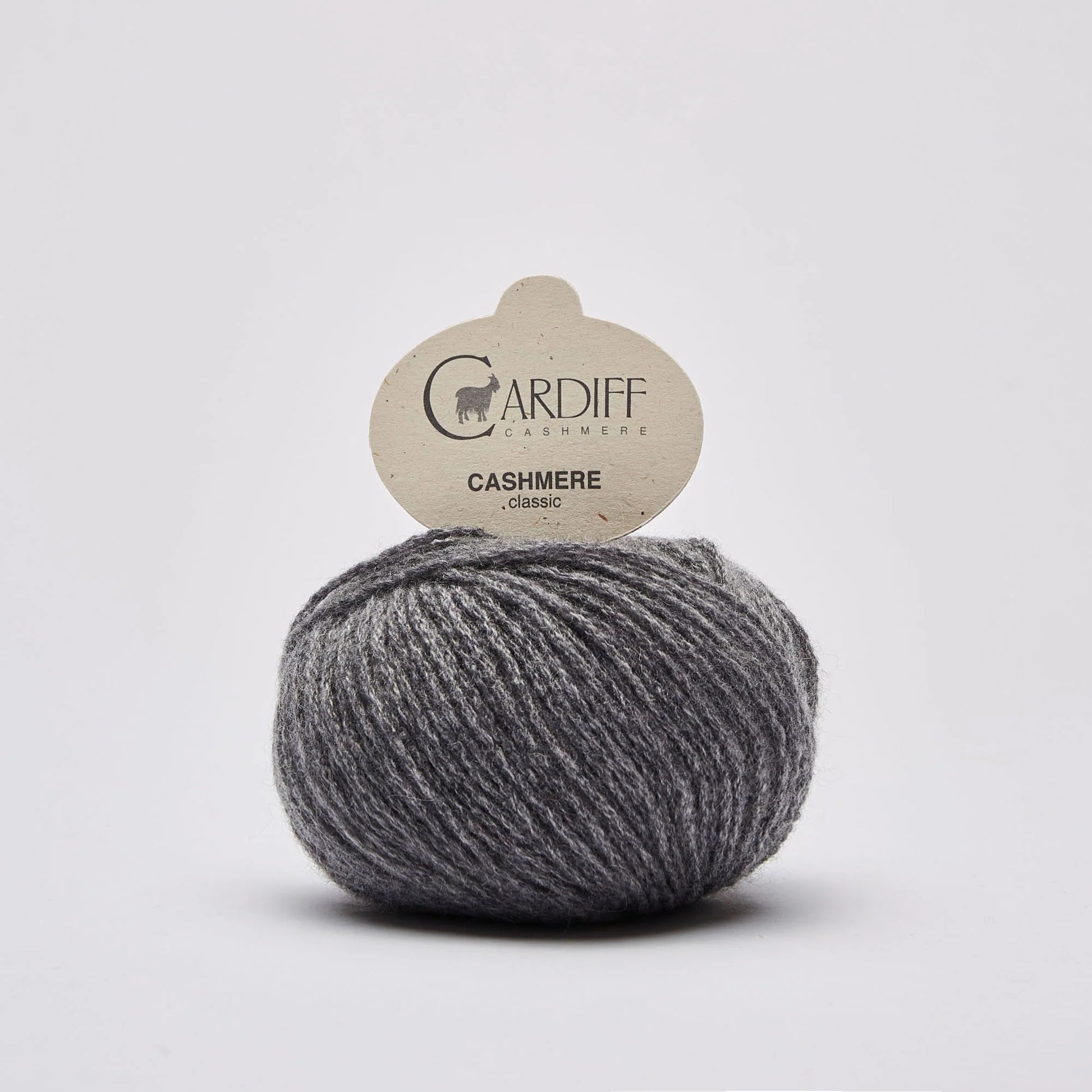Exploring the History of cashmere and Its Role in Modern Fashion
Exploring the History of cashmere and Its Role in Modern Fashion
Blog Article
Understanding the Different Types of Cashmere an All-natural Fiber and Their One-of-a-kind Benefits

The Beginnings of Cashmere: A Historic Summary
While the elegant touch of cashmere remains to charm contemporary customers, its origins trace back to the severe, cool environments of Mongolia and the Himalayas. For centuries, the native peoples of these areas have actually been elevating Capra Hircus goats, the prime source of cashmere woollen. These goats, durable against the extreme winters, expanded a fine undercoat to make it through, which later came to be called cashmere. The name itself pays homage to Kashmir, an area in India where the woollen was initially processed. Much of the early cashmere trade course was assisted in by the Silk Roadway, attaching Asia with the Middle East and Europe. Regardless of its international spread, the finest cashmere is still thought to stem from the original areas of Mongolia and the Himalayas.

The Manufacturing Process: From Goat to Garment
Shearing a Capra Hircus goat marks the beginning of the intricate cashmere production process. The resultant raw cashmere is then cleaned to remove contaminations such as grease, dust, and veggie issue.
The tidy fiber goes through coloring, spinning, and weaving, or knitting, to transform it into a fabric. Complicated procedures such as quality control checks and finishing processes follow, making sure completion product maintains the glamorous criterion anticipated of cashmere. This meticulous process, from goat to garment, warrants the high price affixed to cashmere products, making them an icon of high-end and refinement.
The Various Types of Cashmere: An In-depth Analysis

The Special Benefits of Cashmere: Convenience and Sustainability
Relocating from the selection of cashmere types to the advantages they provide, comfort and sustainability stand out prominently. Cashmere, a natural fiber, is renowned for its unmatched softness, supplying a level of convenience that artificial fibers can't match.
When it comes to sustainability, cashmere look at this now is eco-friendly and eco-friendly, as it's harvested from cashmere goats who regrow their layers every year. what is cashmere. Unlike artificial fibers which can take centuries to break down, cashmere's influence on the setting is minimal. This mix of comfort and sustainability makes cashmere a helpful choice for mindful consumers

Caring for Your Cashmere: Maintenance and Preservation Tips
While cashmere is most certainly a sustainable and extravagant selection, it needs details care to preserve its top quality and expand its life expectancy. To start, cashmere should be hand washed making use of chilly water and a light detergent. Cashmere items ought to be saved in a completely dry and awesome location, away from direct sunshine and dampness.
Buying Cashmere: Understanding Its Value and Worth
Although cashmere may initially appear like a costly financial investment, its lasting worth and worth come to be apparent when you consider its impressive high qualities. Known for its unrivaled soft qualities and warmth, cashmere is a costs natural fiber that outshines various other materials. Investing in cashmere, consequently, is not just regarding existing style patterns, yet regarding accepting a sustainable, long-lasting, and extravagant way of living.
Conclusion
In summary, the kind of cashmere one picks, be it Mongolian, Chinese, or Italian, is determined by specific choices for heat, luxury, budget, and sustainability. Understanding the origins, production procedure, and one-of-a-kind advantages of different types of cashmere can assist click here for info consumers in their financial investment in this lavish all-natural fiber.
Whether it's the exceptional heat of Mongolian cashmere, the affordability of Chinese cashmere, or the eco-conscious production of Italian cashmere, there's a story to be uncovered behind each fiber type. Cashmere, an all-natural fiber, is renowned for its unrivaled gentleness, supplying a degree of convenience that artificial fibers can't match.When it comes to sustainability, cashmere is eco-friendly and sustainable, as it's harvested from cashmere goats who regrow their coats each year. Understood for its unparalleled soft qualities and warmth, cashmere is a costs all-natural fiber that outmatches other products. Understanding the beginnings, production process, and one-of-a-kind advantages of various kinds of cashmere can assist customers in their investment More about the author in this glamorous all-natural fiber.
Report this page